Though the data are always a bit dated, the Fed’s Flow of Funds report is always of interest to me, as it paints fairly comprehensive pictures. My favorite part of the release is Table B.100: Balance Sheet of Households and Nonprofit Organizations, in which much can be gleaned about the health of households in the United States. Because the data are slightly stale, I usually don’t get around to reviewing this release until a few days after it prints.
In the most recent release, dated March 8 and running through 2011Q4, we learn that the peak-to-trough decline in residential real estate valuation is now about $6.75 trillion. We peaked in 2006Q4 at $22.711190 trillion and just hit another trough – of $15.963550T – in 2011Q4.
After a cliff-dive, owners’ equity in real estate as a percentage of household real estate has continued its descent, albeit at a bit of a slower pace, and now stands at 38.4 percent. It’s almost unfathomable that several decades ago this metric stood over 80 percent — people, not banks, owned their homes:
(Click through all for ginormous)
Again after a quick (and painful) cliff-dive, household net worth recovered a bit and has now stalled out a bit. We’re currently at $58.455138T, after having peaked in 2007Q2 at $66.838725.5T, so there’s a lot of work to be done here.
After a vertical ascent during the recession/crisis, it appears American households are now shedding some of their Treasury securities (peak ownership was 2010Q3). It will be interesting to see if this move pans out over the intermediate term, or whether it backfires if global growth slows dramatically and/or economic catastrophe befalls the Eurozone.
From another Fed report, on Consumer Credit, the parabolic rise of Student Loans should be noted. This rise, which I’ve been Tweeting about each and every month, has been giving the monthly releases a healthier feel, but beneath the surface it’s all been about Student Loans.
Stripping Student Loans from Total Consumer Credit gives us a bit of a different picture than has generally been portrayed. While there are signs of stabilization, that’s about all that can be said. Without Student Loans, there’s little growth to speak of:
Catch up with me on Twitter: @TBPInvictus.

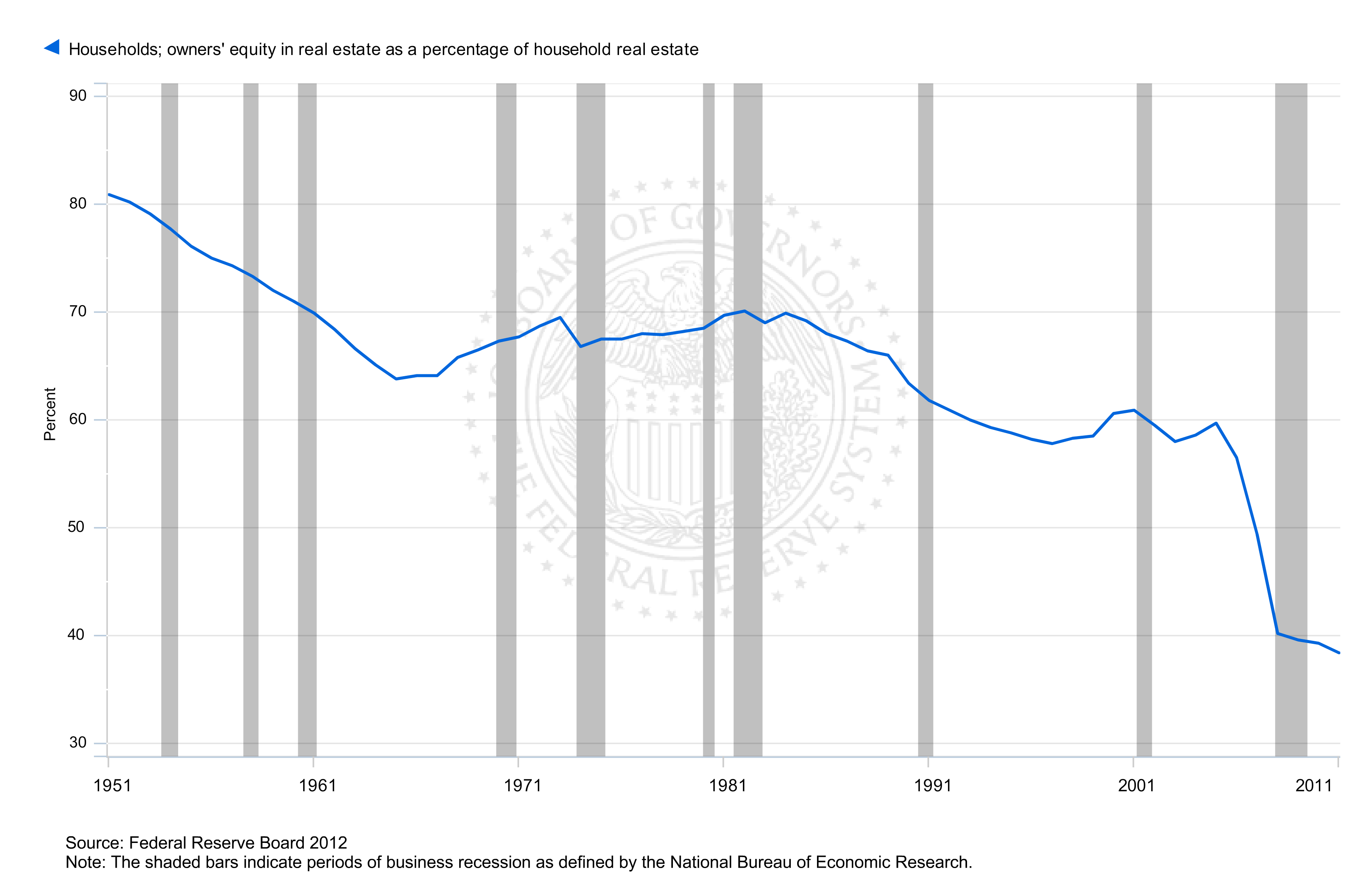
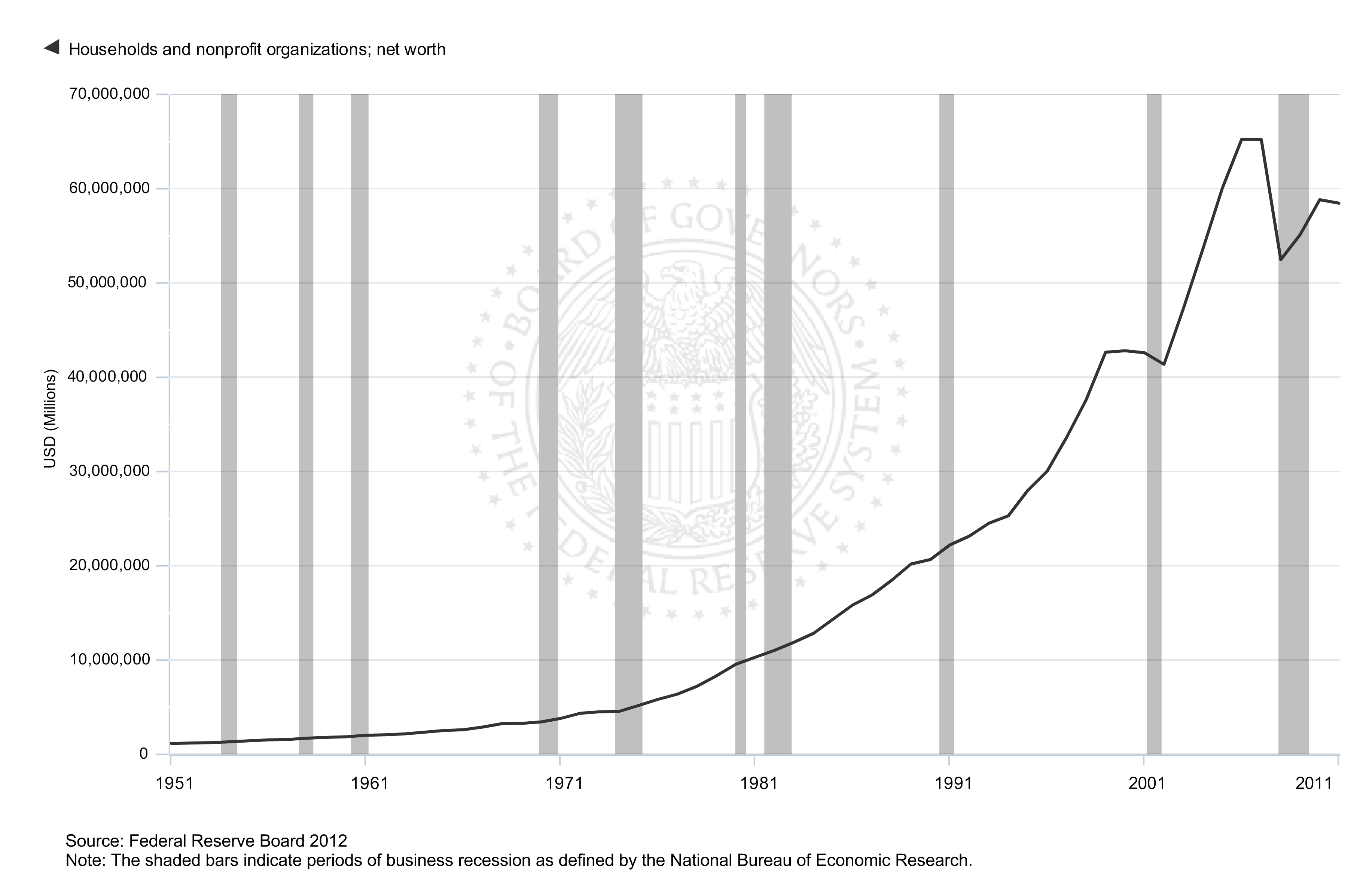
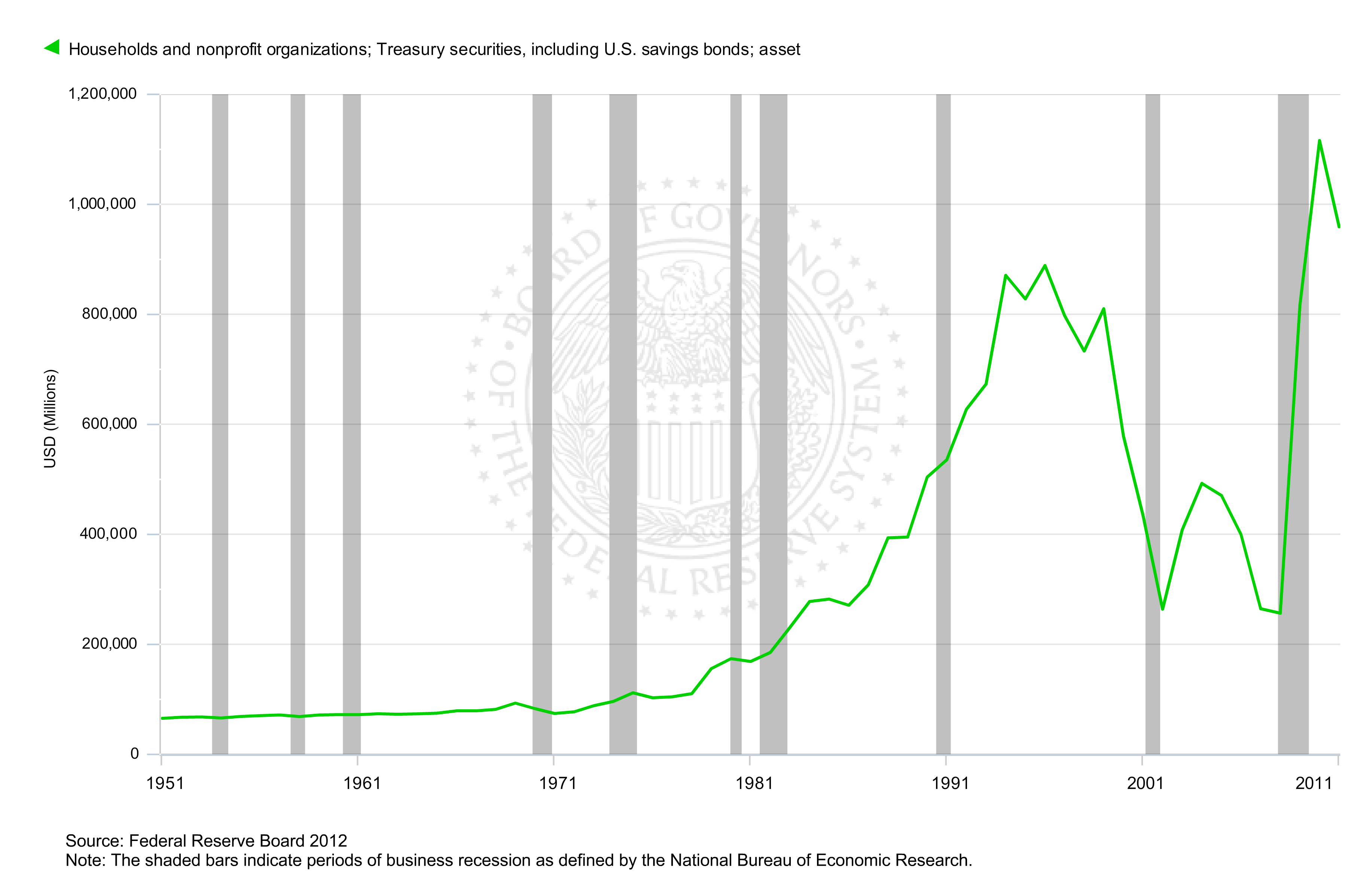
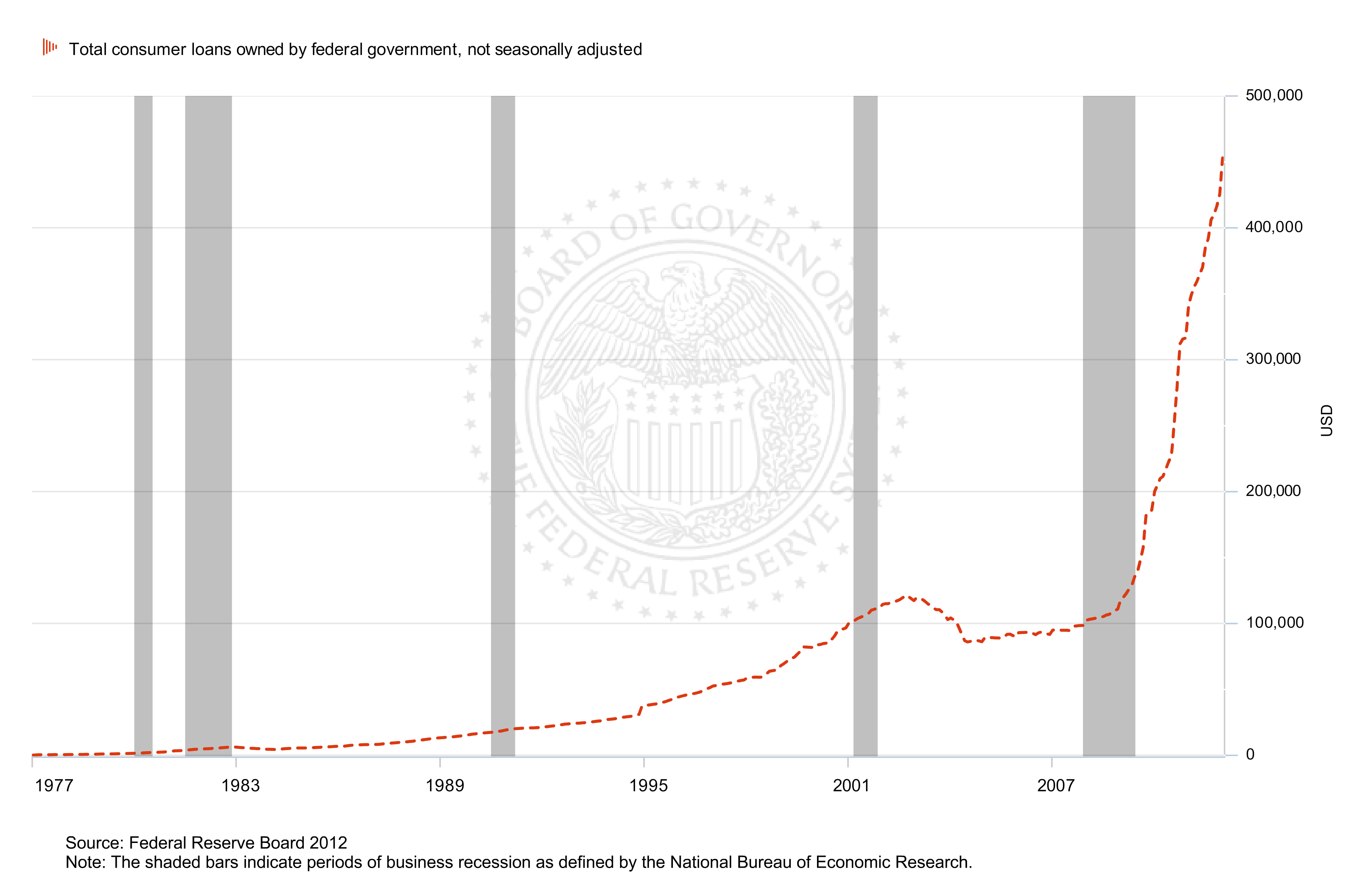
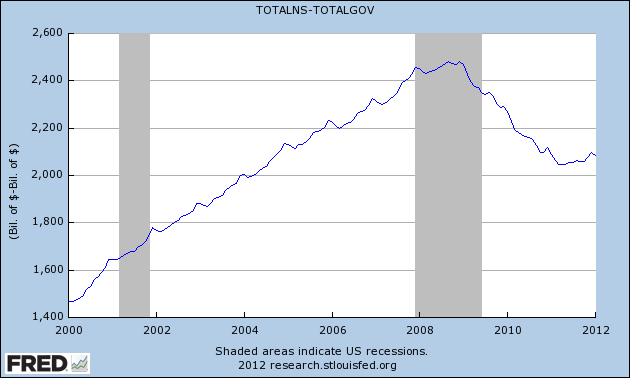

What's been said:
Discussions found on the web: